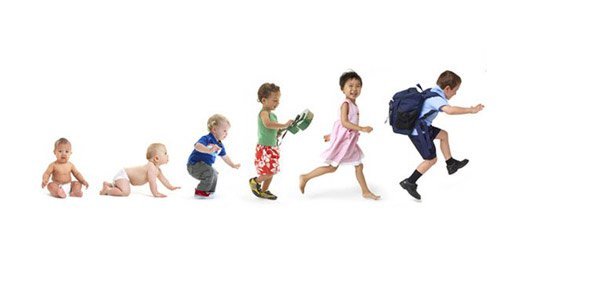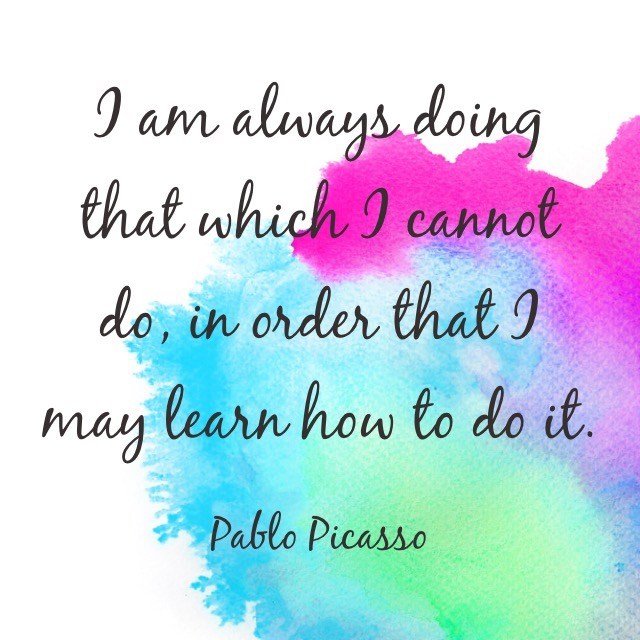Determining if the declarative knowledge of learners are applied properly can be check through comprehension monitoring
Determining if the declarative knowledge of learners are applied properly can be check through comprehension monitoring

Image Source
Monitoring Processes
- Self-questioning
- Rereading
- Checking consistencies
- Paraphrasing
Self-questioning
Some textual material intermittently furnishes understudies with questions about content. Understudies who answer these questions as they read the material are taking part in self-questioning. At the point when questions are not given, understudies must generate their own. As a methods for preparing, instructors can train understudies to stop intermittently while perusing and make inquiries.
Rereading
Rereading is frequently refined in conjunction with self-questioning, when understudies can't answer questions about the text or generally question their comprehension, these signs provoke them to reread.
Checking consistencies
Checking for consistencies includes deciding if the text is internally predictable, regardless of whether parts of the text repudiate others and whether conclusions that are drawn take after from what has been talked about. A conviction that textual material is inconsistent fills in as a sign for rereading to decide if the author is inconsistent or whether the reader has neglected to comprehend the content.
Paraphrasing
Understudies who intermittently stop and paraphrase material are checking their level of comprehension. Having the capacity to paraphrase is a prompt that rereading is pointless.

Image Source
Kopp introduced a system that connects formative periods with behaviors and intellectual arbiters. From birth to roughly 3 months, control is restricted to conditions of excitement and actuation of early, simple behaviors. Amid this neurophysiological modulation organize, the vital go betweens are maturation and parent schedules and interactions.
Sensorimotor modulation happens from 3 to 9 months and is set apart by changes in progressing behaviors because of occasions and natural jolts. Around the end of the first year, the soonest type of voluntary control over behavior shows up as baby consistence to parental figures' solicitations.
The middle people are receptivity of social behaviors and the nature of the mother-child relationship. Impulse control shows up amid the second year of life, it is described by an attention to social requests of circumstances and the start, support, and end of physical acts and correspondences.
Indications of purposefulness and objective coordinated actions wind up apparent. The second year is basic for the moving of external to internal control of behavior. Parental discipline extends and child consistence is connected with future internalization of guidelines.
The self-control stage, which rises amid the third year, is described by more noteworthy reactivity to adult summons and expanded open and social interactions through the development of language and the order elements of discourse. Internalization of adult direction turns out to be progressively common.

Image Source
Children enter a time of self-regulation amid the fourth year. Points of reference of this period are selection of standards that guide behavior, more noteworthy internalization of direction by others, development of psychological intervention of behavior, and adjustment of behavior to changes in natural requests.
Schunk and Zimmerman hypothesized that self-regulation grows at first from social sources and moves to self sources in a progression of levels. At the outset, fledgling students get gaining techniques most quickly from educating, social modeling, undertaking organizing, and support.
At this observational level, numerous students can prompt the real highlights of taking in techniques from watching models, notwithstanding, the vast majority of them additionally require practice to completely consolidate the aptitude into their behavioral collections. Motoric precision can be enhanced if models give direction, input, and social support amid training.
Amid member modeling, models rehash parts of the technique and guide authorization in view of students' imitative precision. Students accomplish an emulative level of aptitude when their exhibitions rough the general type of the model's. Spectators are not duplicating the model, rather, they emulate general patterns or styles.

Image Source
References:
https://study.com/academy/lesson/comprehension-monitoring-strategies.html
https://www.strath.ac.uk/media/faculties/hass/slt/languagesupportmodel/lsm_doc3_comprehension.pdf
Self-Questioning is a good technique to encourage self-reflection....sometimes the answers we seek are known, we just need to ask the right questions to uncover the right answers =)
These are really helpful, however teachers have a hard time of letting students follow the stated monitoring processes because most of them have this short attention span, thus dealing with millenials is a challenging task for educators.